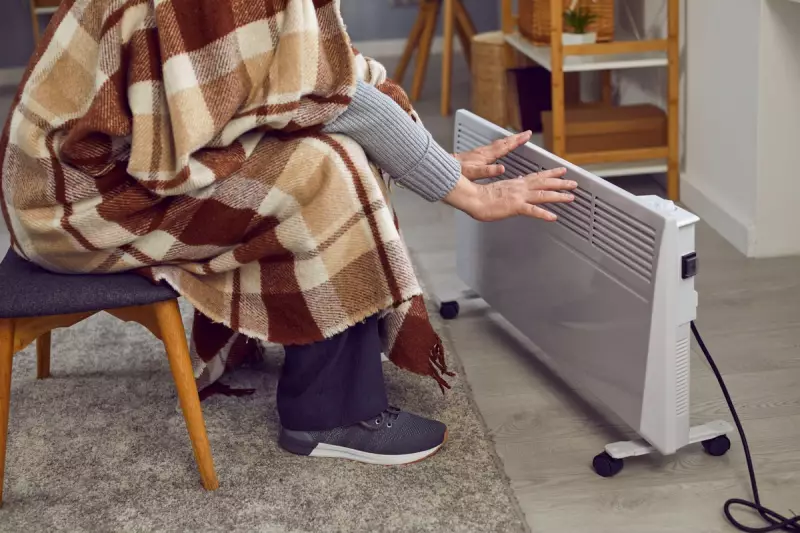
The UK Health Security Agency has activated urgent cold health alerts across England as temperatures are set to plunge dramatically this week. An amber alert specifically targets the North East, North West, and Yorkshire and the Humber regions, while a yellow alert covers the rest of England, both remaining in effect from midday Monday until 8am Friday.
With the mercury dropping significantly, health authorities are advising residents to wrap up thoroughly before heading outdoors. While chilly fingers and toes are expected during winter, persistent cold sensations could indicate underlying health problems requiring medical attention.
Understanding Your Body's Cold Weather Response
Dr Sam Firoozi, consultant interventional cardiologist at HCA Healthcare UK's The Harley Street Clinic, explains the physiological process behind cold extremities. "The blood circulation to the hands and feet is regulated by the autonomic nervous system," says Dr Firoozi.
This involuntary system opens arteries to increase blood flow in warm conditions (vasodilation) and constricts peripheral blood vessels in cold weather (vasoconstriction) to preserve core body heat. For most people, this temporary reduction in circulation causes mild discomfort, but for others, it signals more serious conditions.
Medical Conditions Behind Severe Cold Extremities
Raynaud's phenomenon represents an exaggerated version of this normal response. "Not only is the circulation poorer, but in some cases circulation can completely shut down causing white or blue discolouration in the fingertips, which can be very painful," explains Dr Firoozi.
Several autoimmune conditions are commonly associated with Raynaud's, including:
- Scleroderma
- Rheumatoid arthritis
- Systemic lupus erythematosus (SLE)
The cardiologist also notes that nerve injuries to limbs can cause bizarre autonomic responses, alternating between extreme vasoconstriction and vasodilation. Additionally, certain medications like beta blockers have been linked to triggering Raynaud's symptoms.
Warning Signs Requiring Medical Attention
Dr Firoozi highlights specific red flags that should prompt a visit to your GP. While numb fingertips in cold weather are normal, extreme discolouration that takes longer than a few minutes to resolve warrants medical advice.
"If you get permanent discolouration or a change in the appearance of your fingertips or nails, that's not normal," he emphasises.
Pain represents another critical warning sign, potentially manifesting as burning sensations with numbness or developing into painful throbbing. The cardiologist recommends documenting symptoms: "It can be very helpful to take photos of any changes with your smartphone. If it's a new pattern of abnormality, that should be discussed with your GP."
Practical Solutions for Winter Warmth
For general cold protection, Dr Firoozi advises keeping hands warm with gloves or in pockets. He mentions specialized products including microwaveable warming gels and heated gloves that can provide additional comfort.
For severe Raynaud's cases, medical interventions may be necessary. Calcium blockers can help open peripheral arteries, while in extreme situations, surgical options exist to deliberately destroy or resect the sympathetic nerve supplying the peripheries.
As Britain braces for the cold snap, understanding the difference between normal winter discomfort and potential health warnings could prove crucial for maintaining wellbeing during the freezing conditions.





